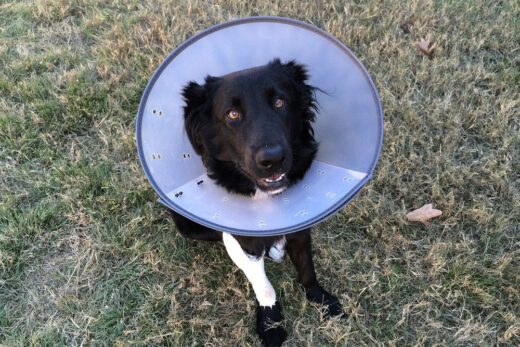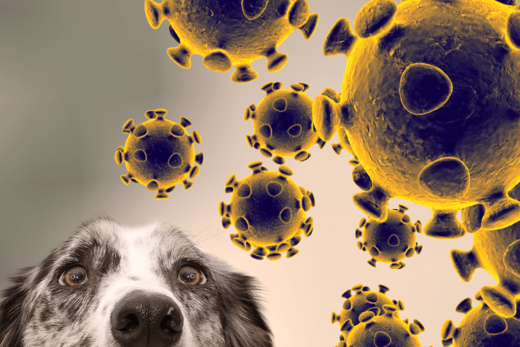We’re often asked if our recipes are hypoallergenic. It’s a term that’s quickly become used (or at least recognised) by most pet parents, but properly understood by very few. So if you’re thinking “yep, that’s me” or ‘WTF is hypoallergenic” you’re in the right place. Today we’re giving you the low down on hypoallergenic dog food. We’ll explore what hypoallergenic actually means in regards to dog food, if food allergies are common and how to make the right food choices for your dog.
Intolerance vs Allergy: what’s the difference?
Before we get into the nitty-gritty we want to clear two things up. Firstly the difference between an intolerance and an allergy, as the two are very much separate terms but often (and wrongly) used interchangeably.
An allergy is normally in response to a protein, where the protein triggers an immune system reaction. The reaction can vary in severity from minor itching to more severe, and even life-threatening reactions. Thankfully these are very rare and dogs are much more likely to suffer from intolerances. An intolerance is where something doesn’t quite agree with their digestive systems, but there isn’t an immune system response e.g. lactose. For dogs with allergies or intolerances, feeding a hypoallergenic diet can be helpful BUT only if that diet avoids your dogs’ specific allergen, as hypoallergenic recipes differ. For example, if your dog is sensitive to beef, choosing a “hypoallergenic recipe” with beef as the main protein source is probably not a good idea.
Environmental Allergies Are Much More Common
The second point we want to clear up is that environmental allergies are much more common than food intolerances. Food intolerances are actually quite rare and allergies even more so. When doggies start itching, it’s common that pet parents put food to blame, but the stats show that just 1% of skin itching is down to food intolerances. Your dog is much more likely to be itching due to an environmental sensitivity including dust, mould, fleas, ticks, or pollen, which can cause hay fever in pets. Our Smudge is one of the pups that suffers from hayfever, especially in early summer when the grass is tall.
Even though food intolerances are less common than environmental, some dogs do have them. Hypoallergenic recipes are sought by pet parents looking to avoid certain allergens, however are increasingly being seen as a signpost for high-quality pet food. This is similar to what happened with grain free dog food, so it’s important not to get fooled by what are, in reality, marketing terms. Instead, we always recommend thoroughly reviewing the ingredients list on the back of the bag to understand whether a recipe is appropriate for your dog.
Symptoms of dog food intolerance
If your dog is displaying any of the below symptoms and you’ve already eliminated seasonal or environmental factors as the culprit, we recommend visiting your vet to discuss further. They’ll likely advise you to start an elimination diet, which is the only way to identify which ingredient is at fault. This process can take a number up to 3 months to work through as you slowly re-add ingredient by ingredient back to their diet. Saliva, skin or blood tests are not reliable due to the level of cross-contamination. Alternatively, you might be asked to feed a recipe with hydrolysed proteins. This means the protein has been broken up so that it’s unrecognisable by your pets’ immune or digestive system to prevent a reaction. The symptoms for dog food intolerances to watch out for include:





